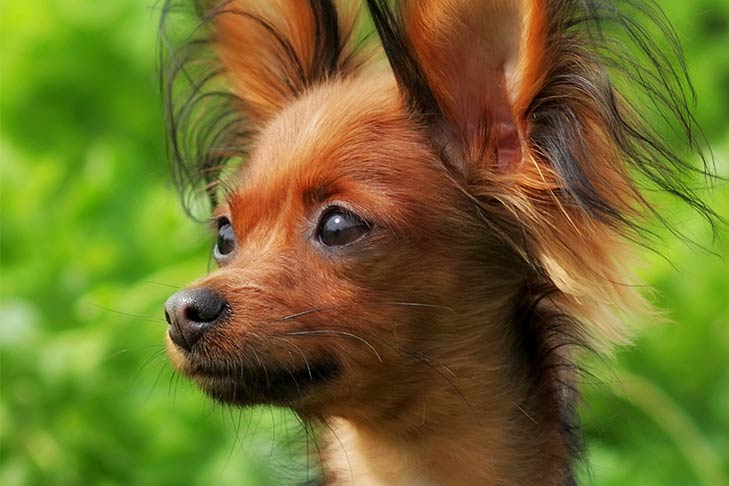Small, graceful, and animated, the Russian Toy has long legs, delicate bones, and slender muscles. They are vivacious and upbeat people who have a keen intellect and a drive to please. This species enjoys cuddling and being close to its human companions, yet they can occasionally be a little distant from outsiders. They are neither aggressive nor cowardly.
A toy breed with roots in the Russian aristocracy is known as the Russian Toy. He generally has a good disposition and enjoys playing and running. Many of them are pleased to do nothing more than relax in your lap all day, content in the knowledge that they are the prize jewel in your home, while others will rush across the house or yard chasing toys as long as you can keep up with them. They enjoy human company and will communicate with you if they feel abandoned. Either their coat is smooth or semi-long. The Russian toys with long coats won’t have an adult coat until they are more than a year old, and full fringing won’t appear until they are three. The variety with a smooth coating feels sleek and smooth to the touch. The two kinds also have a slight attitude distinction. Compared to Long Coats, Smooth Coats tend to be a little more terrier-like. However, they both have outsized personalities. e longhaired species has distinctive feathering on its limbs, tail, and ears in addition to a lovely ruff on its chest.





 Health
Health Grooming
Grooming Exercise
Exercise Training
Training Nutrition
Nutrition